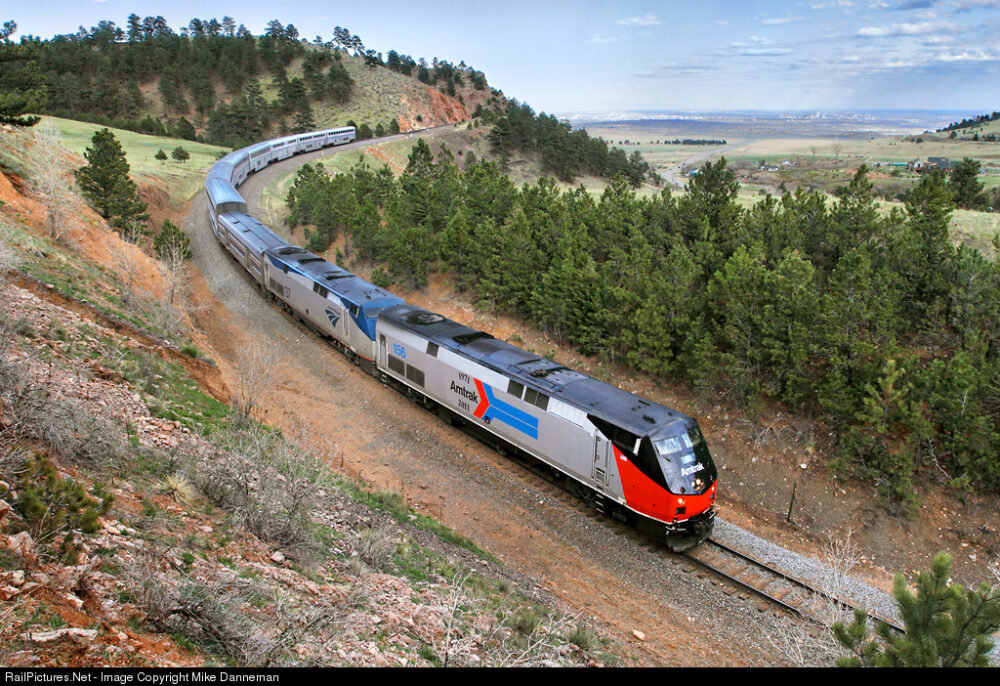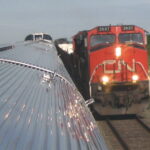Direction Makes a Difference
The issue for today: For any given long-distance train, is one direction better than the other? There are a lot of factors to consider. For instance, what if the train is running late? OK, let’s start with . . .
Train #5, the westbound California Zephyr
Choosing the best direction for this train is pretty much a toss up. The scenic high points westbound are crossing the Mississippi River, the climb up into the Rockies after leaving Denver, following the Colorado River through a series of canyons, crossing a stretch of Nevada desert, climbing into the Sierra Nevada mountains and looking down on Donner Pass, the descent into Sacramento and on into the Bay Area. Wow! Is it any wonder that this is Amtrak’s most popular long-distance train!

Train #6, the eastbound California Zephyr
The fact is, if you’re headed for Chicago on the Zephyr, you do get to see all that same stunning scenery during daylight hours.
However, that assumes the train is running on time. If the eastbound train is just a couple of hours late, especially in the winter months when the days are shorter, it will be dark by the time the Zephyr begins its descent into Denver, and from the Moffat Tunnel to the Denver station, that’s a drop of almost 4,000 feet. There is a compensating factor: If the train is running late and you’re making that descent at night, the Denver city lights from that height and that distance are really spectacular.
Bottom Line: Take the Zephyr in either direction. It’s Amtrak’s most popular long-distance traain for a reason!



